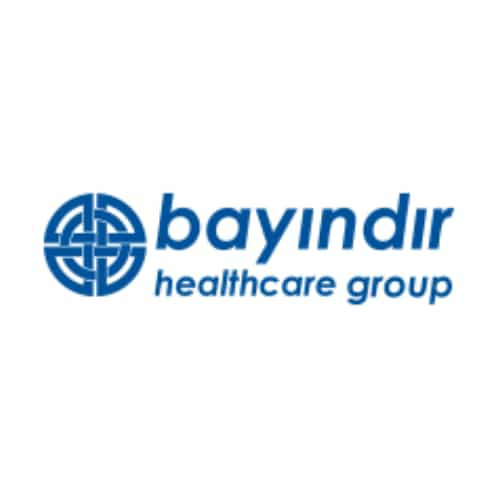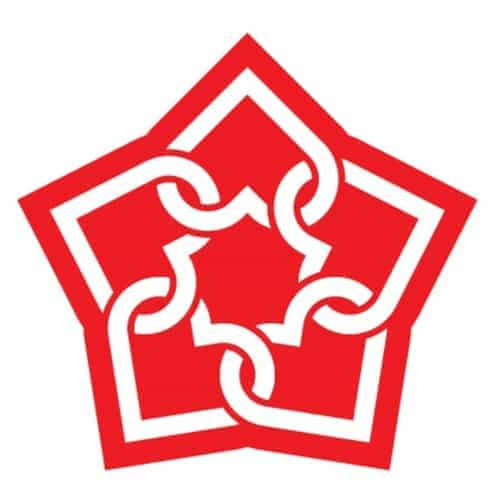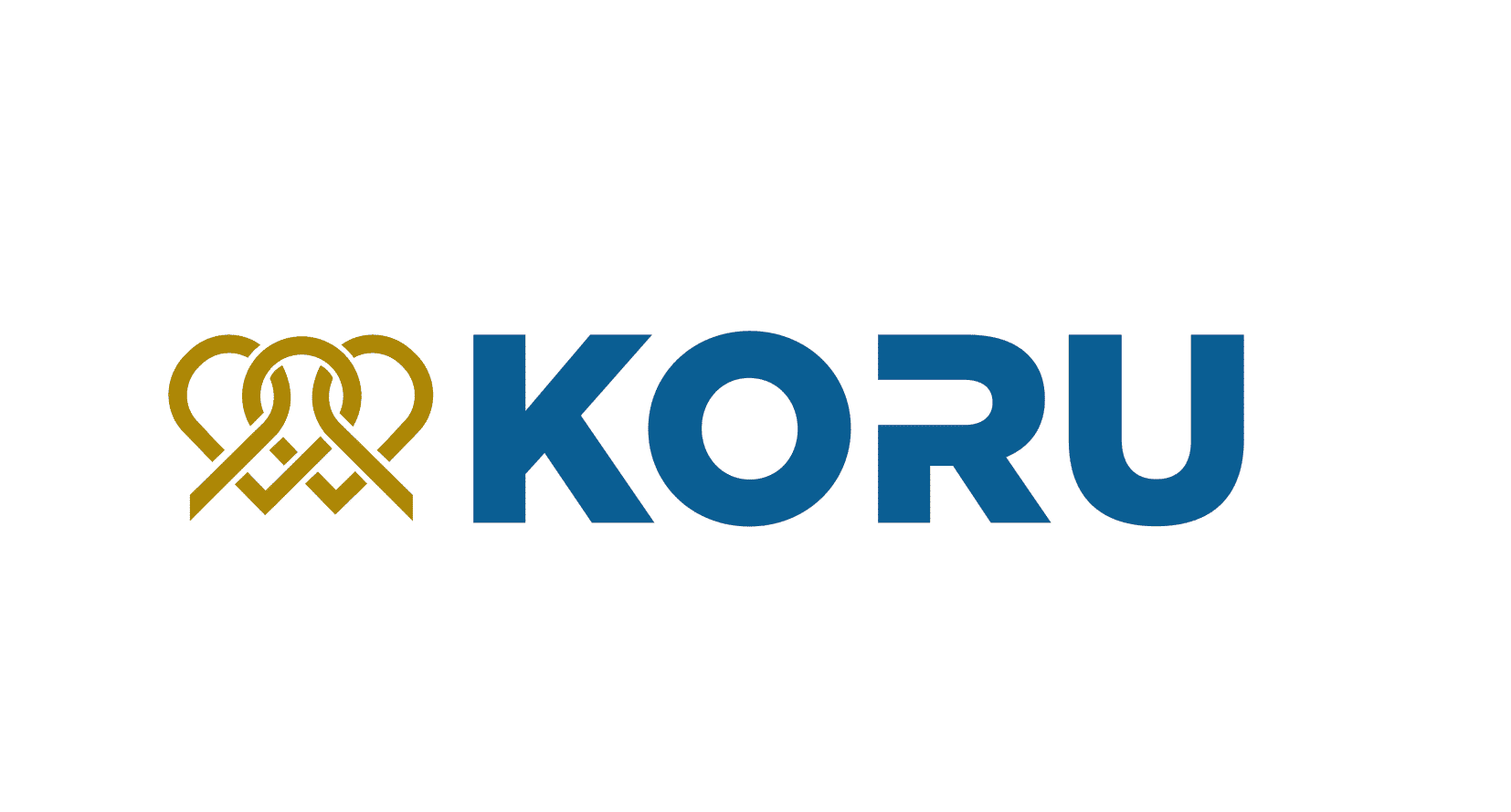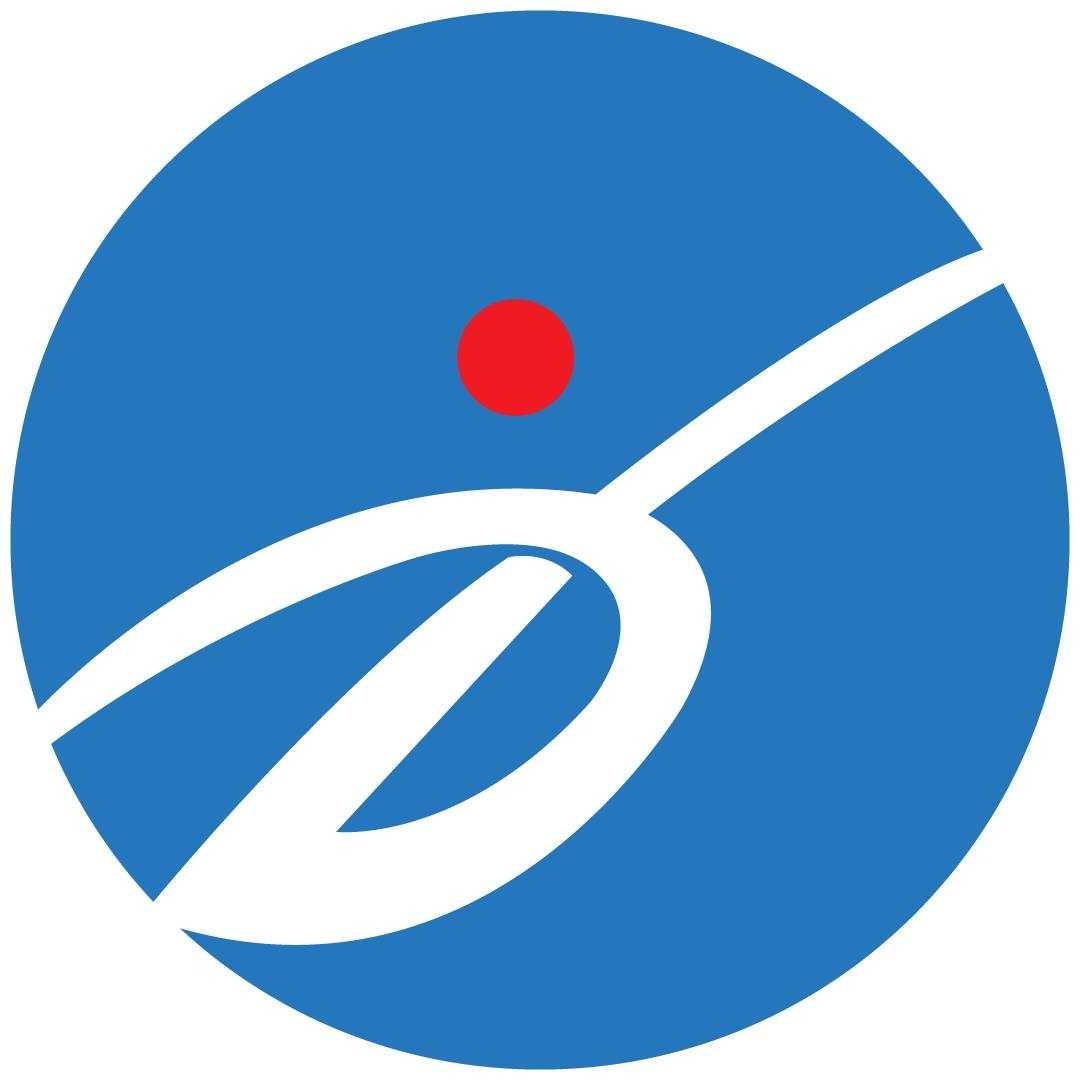Overview: Gastric Plication vs Gastric Sleeve in Turkey
.jpg)
Embarking on a weight loss journey can be challenging, and for many, surgical intervention offers a life-changing solution. When considering bariatric surgery, two popular procedures often come up in discussions, especially for those looking into medical tourism in destinations like Turkey: gastric plication and gastric sleeve.
While both aim to reduce stomach capacity to aid in weight loss, they achieve this through distinct methods, each with its own set of benefits, risks, and implications for long-term health. Understanding these differences is crucial for making an informed decision.
Turkey has become a leading hub for medical tourism, attracting patients globally due to its high-quality healthcare facilities, experienced surgeons, and competitive pricing. This makes it an excellent location to explore options like gastric plication and gastric sleeve.
This article will delve into the core differences between these two procedures, explaining how each works, their respective outcomes, recovery processes, and who might be an ideal candidate for each, all within the context of receiving treatment in Turkey.
What is the core difference between Gastric Plication and Gastric Sleeve?
Gastric plication and gastric sleeve surgery both aim to restrict the amount of food the stomach can hold, leading to weight loss. However, their approaches to achieving this restriction are fundamentally different. The gastric sleeve, also known as sleeve gastrectomy, is a permanent procedure where a significant portion of the stomach is surgically removed.
This creates a smaller, banana-shaped stomach, which limits food intake and reduces the production of hunger-stimulating hormones. On the other hand, gastric plication, or laparoscopic greater curvature plication (LGCP), involves folding and suturing the stomach internally.
This creates a smaller gastric pouch without cutting or removing any part of the stomach. Because no tissue is removed, gastric plication is considered a reversible procedure, meaning the sutures could theoretically be undone, and the stomach could return to its original size, although this is rarely performed. This makes it a less invasive option for some patients seeking bariatric surgery in Turkey.
How does Gastric Plication work to achieve weight loss?
Gastric plication is a restrictive bariatric procedure that does not involve the removal or rerouting of intestines, nor does it use foreign objects like gastric bands. During the procedure, surgeons use laparoscopic techniques (minimally invasive) to access the stomach.
They then fold the greater curvature (the outer, longer side) of the stomach inwards and secure it with multiple rows of sutures. This effectively reduces the stomach's capacity by 70-80%. The reduced stomach size means that patients feel full much faster after consuming only small amounts of food.
This physical restriction is the primary mechanism for weight loss. Unlike some other bariatric surgeries, gastric plication does not typically alter the absorption of nutrients, which can be an advantage for patients concerned about malabsorption issues. However, patients must still adhere to a strict post-operative diet and lifestyle changes to achieve and maintain their weight loss goals effectively.
How does a Gastric Sleeve work for significant weight reduction?
The gastric sleeve procedure is a permanent surgical intervention designed to reduce stomach capacity and influence hormonal signals related to hunger. During the operation, typically performed laparoscopically, the surgeon removes a large portion of the stomach, specifically the fundus and part of the body.
What remains is a small, banana-shaped gastric tube or "sleeve" that is much smaller than the original stomach. This smaller stomach holds significantly less food, meaning patients feel full quickly after eating small meals.
Beyond the physical restriction, the removal of the fundus also plays a crucial role in weight loss by reducing the production of ghrelin, often referred to as the "hunger hormone." With less ghrelin, patients experience reduced appetite and cravings, making it easier to adhere to dietary changes. The combination of reduced capacity and hormonal changes contributes to the significant and sustained weight loss often seen with gastric sleeve surgery.
Which procedure, Gastric Plication or Gastric Sleeve, is reversible?
The concept of reversibility is a key distinguishing factor between gastric plication and gastric sleeve surgery, and it often influences a patient's decision-making process. Gastric plication stands out because it does not involve cutting or removing any stomach tissue.
Instead, the stomach's walls are folded in on themselves and secured with sutures. In theory, these sutures could be removed, allowing the stomach to expand back to its approximate original size. While this reversal is medically possible, it is not a common procedure and would only be considered under very specific circumstances, such as severe, unmanageable complications or inadequate weight loss combined with the desire for a different bariatric surgery.
Conversely, the gastric sleeve procedure is irreversible. Once the surgeon removes a large section of the stomach, that tissue is gone permanently. There is no way to restore the stomach to its original size or shape.
This permanence is a significant commitment that patients must fully understand before undergoing a gastric sleeve. The decision often comes down to weighing the potential benefits of permanent, significant weight loss against the desire for a less permanent surgical option.
What are the typical weight loss outcomes for Gastric Plication versus Gastric Sleeve?
The amount of weight loss achieved is a crucial factor for anyone considering bariatric surgery. Both gastric plication and gastric sleeve can lead to substantial weight reduction, but generally, the gastric sleeve tends to yield more significant and sustained results.
For gastric plication, patients typically lose between 40% to 60% of their excess body weight within the first 12 to 24 months post-surgery. This can be very effective for individuals with lower BMIs or those seeking a less invasive option. The gastric sleeve often results in more robust weight loss.
Patients undergoing a gastric sleeve can expect to lose, on average, 60% to 70% or even more of their excess body weight within the first 18-24 months. This greater efficacy is often attributed to the permanent removal of the stomach's hunger-hormone-producing section and the more consistent long-term restriction. It's important to remember that individual results vary greatly based on adherence to dietary changes, exercise, and follow-up care.
How do the costs of Gastric Plication compare to Gastric Sleeve in Turkey?
The cost of bariatric surgery is a significant consideration for many patients, especially those traveling for medical tourism. Turkey is renowned for offering high-quality medical procedures at a fraction of the cost found in Western countries, without compromising on standards.
When comparing gastric plication and gastric sleeve, gastric plication is usually the more affordable option. This is primarily because it involves fewer procedural steps and does not require the permanent removal of tissue. While prices are subject to change and vary between clinics, cities, and comprehensive package inclusions (like accommodation, transfers, and post-operative care), a general estimate for gastric plication in Turkey might fall in the range of $3,000 to $5,000.
For a gastric sleeve, which is a more complex and permanent procedure, the cost typically ranges from $3,500 to $7,000. These figures are considerably lower than prices in the US or UK, making Turkey an attractive option for those seeking affordable weight loss solutions. It's always advisable to get detailed quotes from reputable clinics to understand all inclusions.
What are the key advantages of Gastric Plication over Gastric Sleeve?
Gastric plication offers several distinct advantages that make it an appealing option for certain patients, particularly when compared to a gastric sleeve. One of the most significant benefits is its reversibility. Since no part of the stomach is cut or removed, the procedure can theoretically be reversed, offering a sense of security to some patients.
This also means that if future advancements or alternative treatments become available, a patient's options are not permanently closed off. Another major advantage is the preservation of the stomach's natural anatomy and function. By folding and suturing rather than cutting, gastric plication largely maintains the stomach's intrinsic structure.
This generally leads to a lower risk of certain long-term complications such as nutrient malabsorption, which can sometimes be a concern with procedures involving tissue removal or intestinal rerouting. Additionally, because it is less invasive and avoids permanent tissue excision, gastric plication typically has a shorter operating time, potentially reduced recovery period, and a lower overall surgical risk compared to a gastric sleeve. It also tends to be more cost-effective.
What are the main risks and potential complications for both procedures?
While bariatric surgeries are generally safe, like any major surgical procedure, both gastric plication and gastric sleeve come with potential risks and complications. Patients considering these procedures in Turkey or elsewhere should be thoroughly aware of these. Common risks associated with any surgery include:
- Infection at the incision sites.
- Bleeding.
- Adverse reactions to anesthesia.
- Blood clots.
- Hernias.
Specific risks for Gastric Plication include:
- Suture line complications: While rare, there's a possibility of the sutures coming undone over time, which could lead to a loss of restriction and potential weight regain.
- Nausea and vomiting: Some patients experience persistent nausea or vomiting if the stomach is overly restricted or if they eat too much too quickly.
- Stenosis: A narrowing of the stomach can occur if the plication is too tight, potentially requiring further intervention.
Specific risks for Gastric Sleeve include:
- Staple line leaks: This is a serious complication where stomach contents leak from the staple line into the abdominal cavity, requiring immediate medical attention.
- Stricture: A narrowing of the sleeve can occur, making it difficult for food to pass through.
- Heartburn/GERD: Some patients develop or experience worsening gastroesophageal reflux disease (GERD) after a gastric sleeve.
- Nutrient deficiencies: While less common than with bypass surgeries, some patients may develop deficiencies in vitamins and minerals over time, requiring lifelong supplementation.
It is crucial to discuss these risks in detail with your surgeon in Turkey to understand how they are managed and what precautions are taken to minimize them.
Who is an ideal candidate for Gastric Plication compared to a Gastric Sleeve?
Determining the most suitable bariatric procedure involves a thorough evaluation of a patient's health status, BMI, weight loss goals, and personal preferences. The criteria for an ideal candidate differ between gastric plication and gastric sleeve. Ideal Candidate for Gastric Plication:
- BMI Range: Typically suited for individuals with a lower Body Mass Index (BMI) ranging from 30 to 40, especially those who may not meet the criteria for a gastric sleeve or bypass.
- Preference for Reversibility: Patients who prefer a procedure that doesn't permanently alter their anatomy and can be reversed if necessary.
- Lower Risk Tolerance: Individuals who want a less invasive option with potentially fewer long-term complications related to nutrient absorption.
- No Severe Co-morbidities: While it can help with some weight-related health issues, it might be preferred for those without very severe co-morbidities that require more aggressive weight loss intervention.
- Commitment to Lifestyle Changes: Like all bariatric surgeries, success heavily relies on strict adherence to dietary and exercise guidelines.
Ideal Candidate for Gastric Sleeve:
- BMI Range: Generally recommended for individuals with a BMI of 40 or higher, or a BMI of 35-39.9 with at least one obesity-related co-morbidity (e.g., type 2 diabetes, severe sleep apnea, high blood pressure).
- Desire for Significant, Permanent Weight Loss: Patients seeking more substantial and lasting weight loss outcomes.
- Tolerance for Permanent Change: Individuals who are comfortable with the irreversible nature of the surgery.
- Long-term Co-morbidity Resolution: Often chosen by patients who need to resolve severe obesity-related health conditions, as the greater weight loss can lead to significant improvements.
- No Severe Upper GI Issues: While a sleeve can cause or worsen GERD in some, it's generally avoided in patients with very severe, unmanageable reflux issues pre-surgery without prior investigation.
A detailed consultation with a bariatric surgeon in Turkey is essential to assess individual circumstances and recommend the most appropriate procedure.
Why is Turkey a popular destination for both Gastric Plication and Gastric Sleeve surgery?
Turkey has firmly established itself as a global leader in medical tourism, particularly for bariatric procedures like gastric plication and gastric sleeve. Several factors contribute to its popularity, making it an attractive choice for patients worldwide.
Firstly, the cost-effectiveness of treatments in Turkey is a major draw. Surgical procedures, including bariatric surgeries, are significantly more affordable compared to prices in Western Europe, the UK, or North America, often costing 50-70% less. This cost advantage does not, however, come at the expense of quality. Secondly, Turkish healthcare facilities boast state-of-the-art technology and infrastructure.
Many hospitals are accredited by international organizations like the Joint Commission International (JCI), ensuring they meet stringent global standards for patient care and safety. These hospitals are often equipped with modern operating theaters, advanced diagnostic tools, and comfortable patient recovery rooms.
Moreover, Turkey is home to a large pool of highly experienced and internationally trained bariatric surgeons. Many Turkish surgeons have studied and practiced in leading medical institutions globally, bringing a wealth of expertise to their patients.
Their proficiency in laparoscopic techniques for both gastric plication and gastric sleeve contributes to safer procedures and quicker recovery times. Finally, the comprehensive nature of medical tourism packages offered in Turkey simplifies the process for international patients.
These packages often include the surgery itself, pre-operative tests, post-operative care, hospital stay, medication, airport transfers, and sometimes even accommodation for the patient and a companion. This all-inclusive approach provides peace of mind and makes the entire experience seamless and stress-free for those traveling for their weight loss journey.


.png)






.png)
.png)






Share this listing